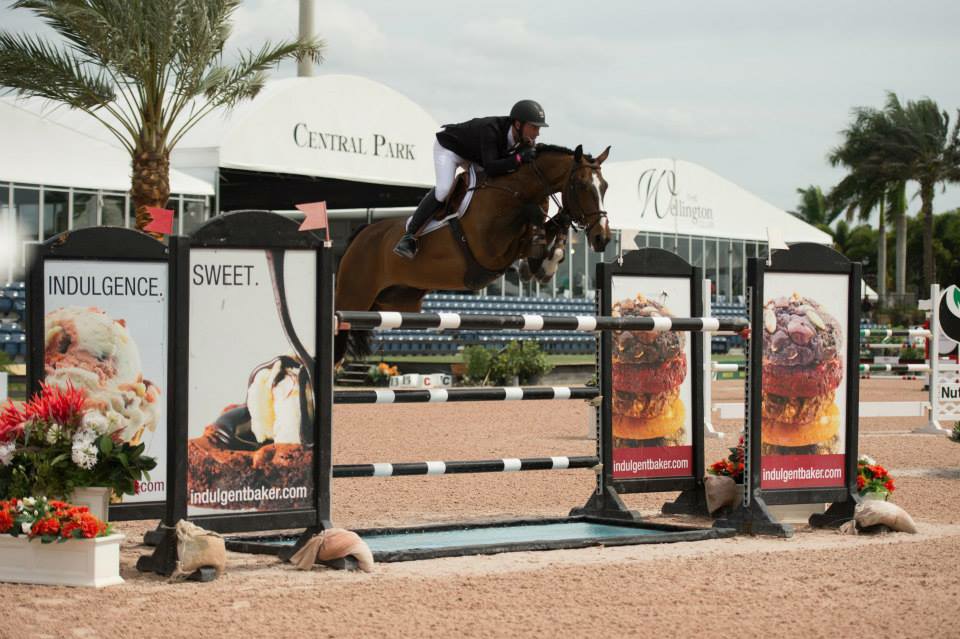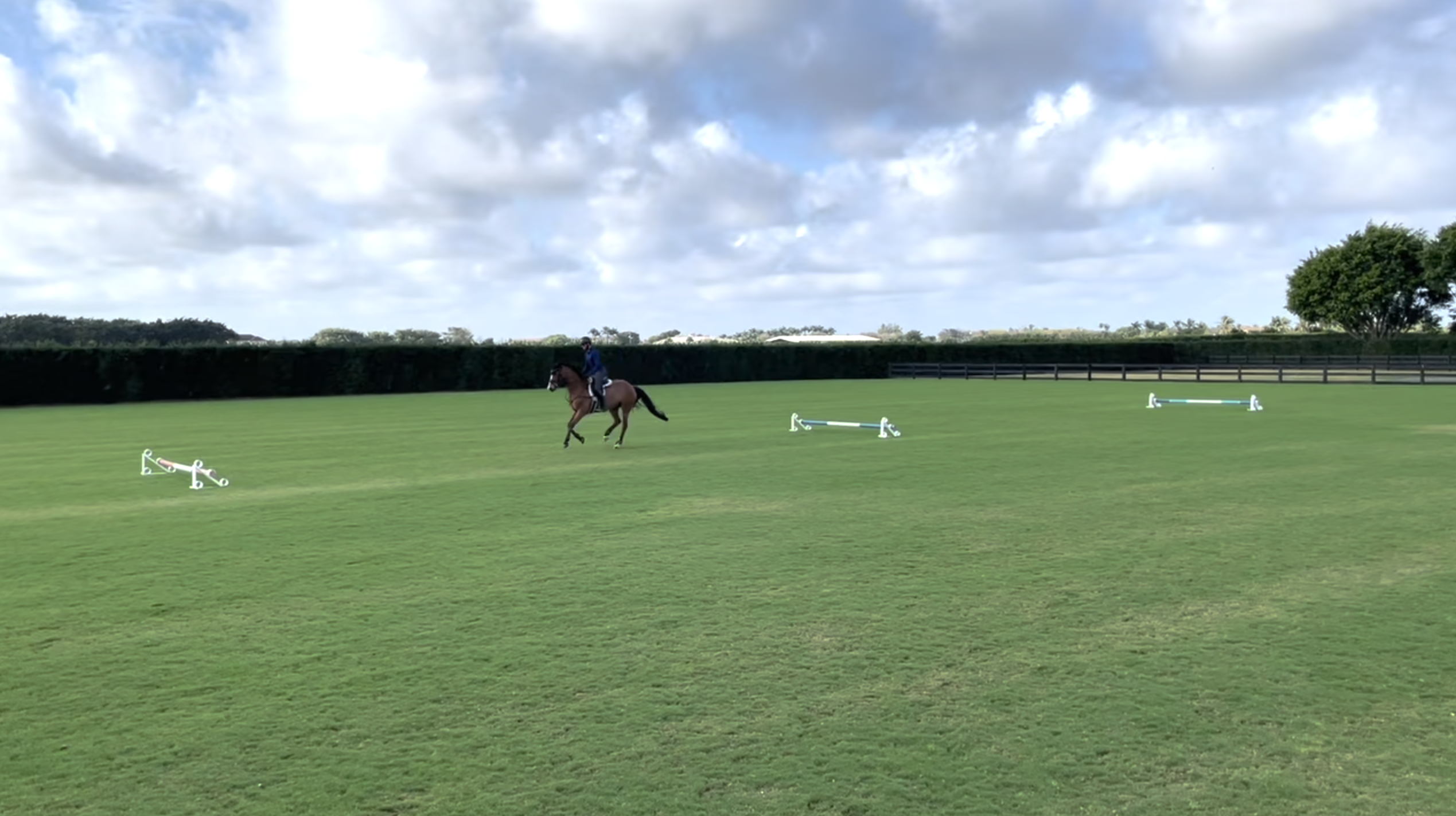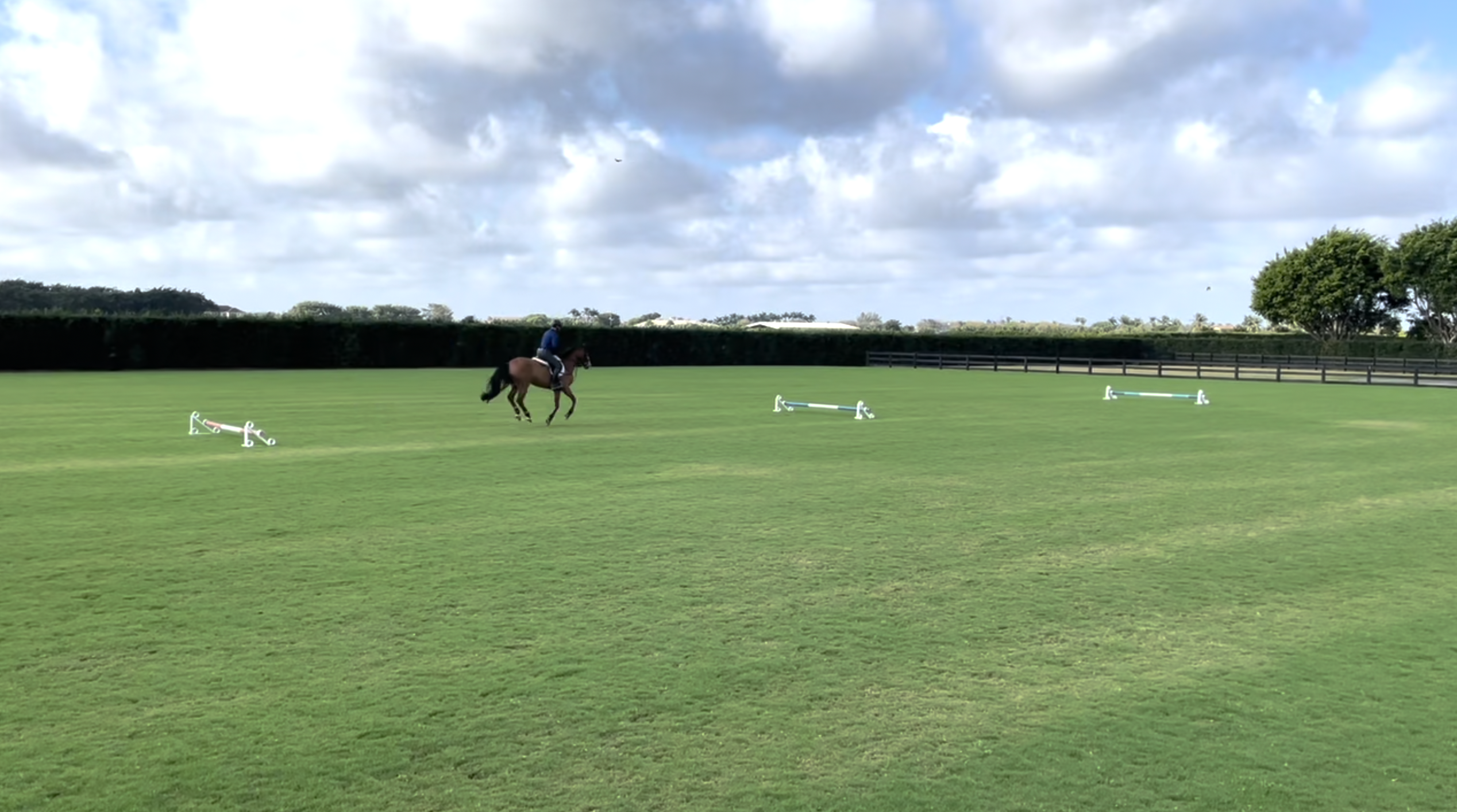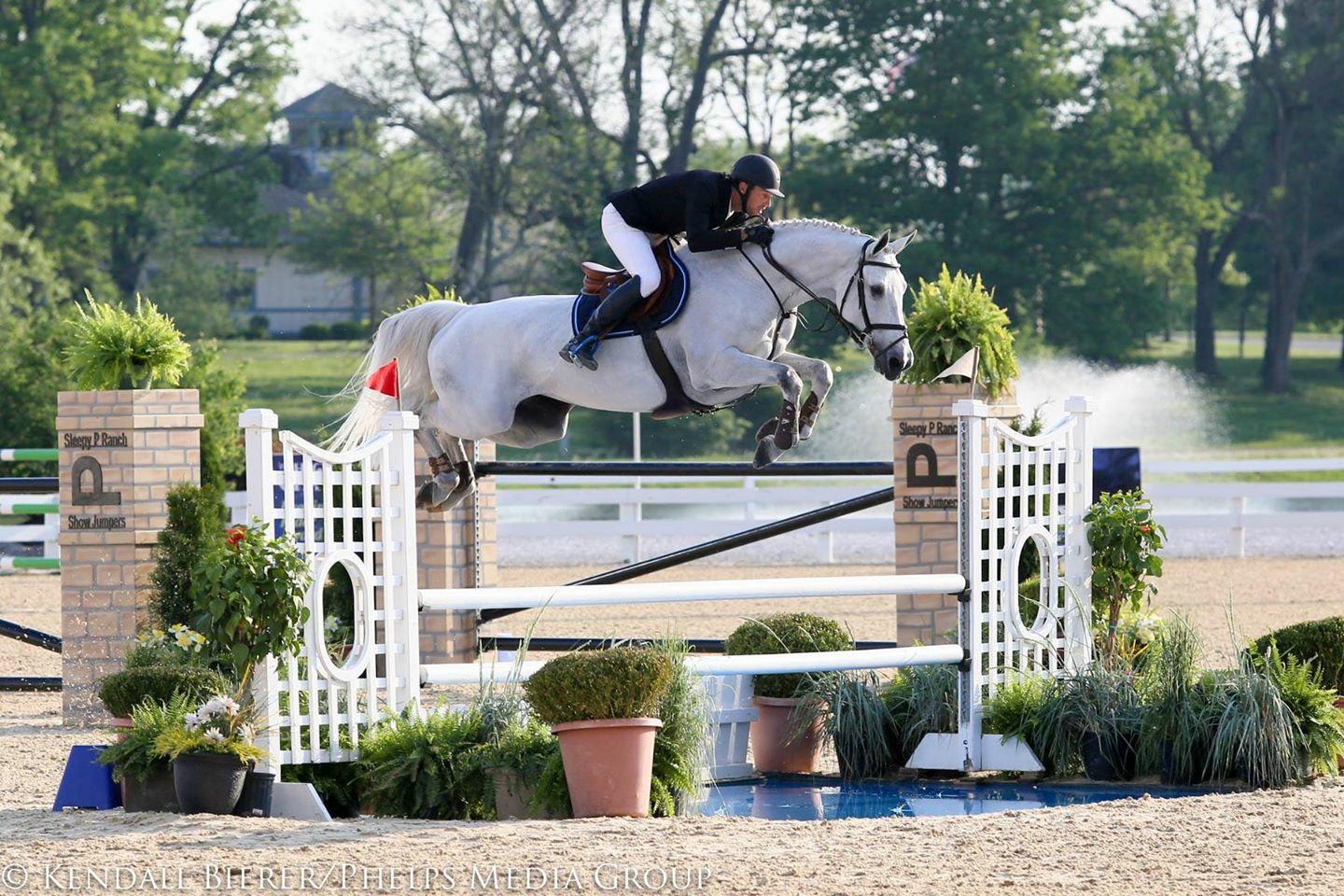
Getting to Know Your New Horse with Daniel Zetterman
Blog
Getting to Know Your New Horse with Daniel Zetterman
The start of any new relationship is exciting, with a twinge of anxiety – and it’s no different when you’re getting to know a new horse. Daniel Zetterman is an elite professional show jumping rider, trainer, and instructor. We asked his advice on getting to know a new horse – and going from an uncertain relationship to a confident, winning team.

Daniel and Zhivago at the Winter Equestrian Festival in Wellington. Photo: Katherine Hay Coyle.
Daniel and his wife Alyssa operate Zetterman Equestrian in Wellington, Florida. His experiences there as well as with his family’s high-profile equestrian business in Sweden have given him the opportunity integrate many new horses into his training system and on to show ring success.
“There are three different scenarios that are common when we’re getting to know a new horse,” Daniel says. “I have horses for clients, horses for myself, and sale horses.” The approach to get to know the horse varies slightly within each of these scenarios – but the end goal is always the same – to build a strong relationship that translates into a successful combination.
“In any of these scenarios, I would take it easy for the first month – flatting, not jumping right away,” he says. “For mares that are imported, it’s a harder transition for them coming from Europe because of the two-week quarantine. So, I don’t want to go into it too fast with them, they’re still gaining weight and recovering from quarantine. It’s easier for geldings.”
Daniel explains that the climate, other environmental conditions, and feed changes are also contributing factors in a horse’s transition. You have to consider all the variables that the horse is adjusting to and develop a plan for them based on that information.
“Some horses are sensitive and worried; some are happier to be in their new home,” Daniel says. “Give them some time to settle and be happy mentally before starting them in your system.” Acclimating the horse properly makes it easier to get to know them in the long-run and helps the rider develop a stronger bond.
Consider all these factors when handling a new horse and creating their training program. “It’s important as a horseperson to be attentive and aware of the horse’s reaction to their experiences. You need to know how much to push and when to push. Some horses can be ridden with a very European feel, others have way more blood and you have to be very soft. For me, it’s about how much I can ask a horse and never make it too difficult – you don’t want to rush them. ‘Hurry Slowly’ is the translation for a Swedish term we have that applies to training horses and getting to know your new horse.”
Getting Started Under Saddle
Horses all have unique strides and jumping styles and that is a key area a successful rider must understand. Daniel uses the same cavaletti exercise with all his horses to discover their stride and style. You need an area with a large space for this exercise; the size of the property will dictate the length of the line. Cavalettis are set up with 16 meters (about 52-feet) in between them. Daniel prefers to use a line with five cavalettis, but three also works in smaller spaces.

“I’ll ride the line and it’s a nice five-stride feel for most horses,” Daniel says. “I get a feeling for if they are a little short-strided or they have a huge stride. I can compare quickly with other horses and that way I know exactly what their stride is like and see how easy it is to move forward and shorten and lengthen the stride. This exercise gives me an exact feel right away and that gives a good view of what a course will be like. It’s also a nice exercise for a client that’s nervous because it helps them develop understanding and connection with the horse in a good experience.”

When it’s time to start jumping, Daniel starts small for the first two sessions. The level of the horse determines the height of jumps he’ll ask for. If the horse is fresh or ambitious it’s small and effortless and the horse doesn’t feel like it needs full power. You can ask more of a horse with more experience – those 10-years and up generally fall into this category.
Putting it all in Perspective
Adjusting to a new horse is different depending on the scenario – who is riding the horse and the goals they have. “With a horse for a client, I take a full, hands-on approach to make sure everything is the right experience for the horse. I’ll ride it a few times before my client does and figure out what works and doesn’t for the horse, and make sure it understands our system. If the horse is going to a show, I’ll do the first couple schoolings to see what they’re like in the ring because horses are different at home than at a show.”
It’s a quicker process when it’s a horse that Daniel is riding and showing because he only needs to understand the horse and he’s not translating that horse for the client and getting them acclimated. Tailoring the approach to each horse and scenario adds layers of trust to their relationship.
Horses and riders need a full year to form a strong partnership and for the horse to adjust to the connection and technique of the rider. It’s a year of being one with the horse, knowing each other, what the horse likes and doesn’t like, and how to educate them. For example – do you repeat exercises, or will the horse take it the wrong way if you over-educate them? Plan on a one-year timeframe with any horse.
“The main this is you don’t want to rush a horse – like any relationship with anyone it needs to click,” Daniel says. “The horse needs time to trust and understand you and your language. Horses could care less about the prizes and expectations. At the end of the day the horse only cares about when it gets fed and when it gets out of its stall. We need to see them as a living animal and not an expectation of what we want the horse to do. They just want to be loved and have a happy life.”

Chellana jumping in Lexington, KY. Photo: Kendall Bierer/Phelps Media Group
This is the third article in our series with Daniel Zetterman. He also discussed recognizing potential in young show jumping prospects and a formula for finding the right horse for a rider at any level.
